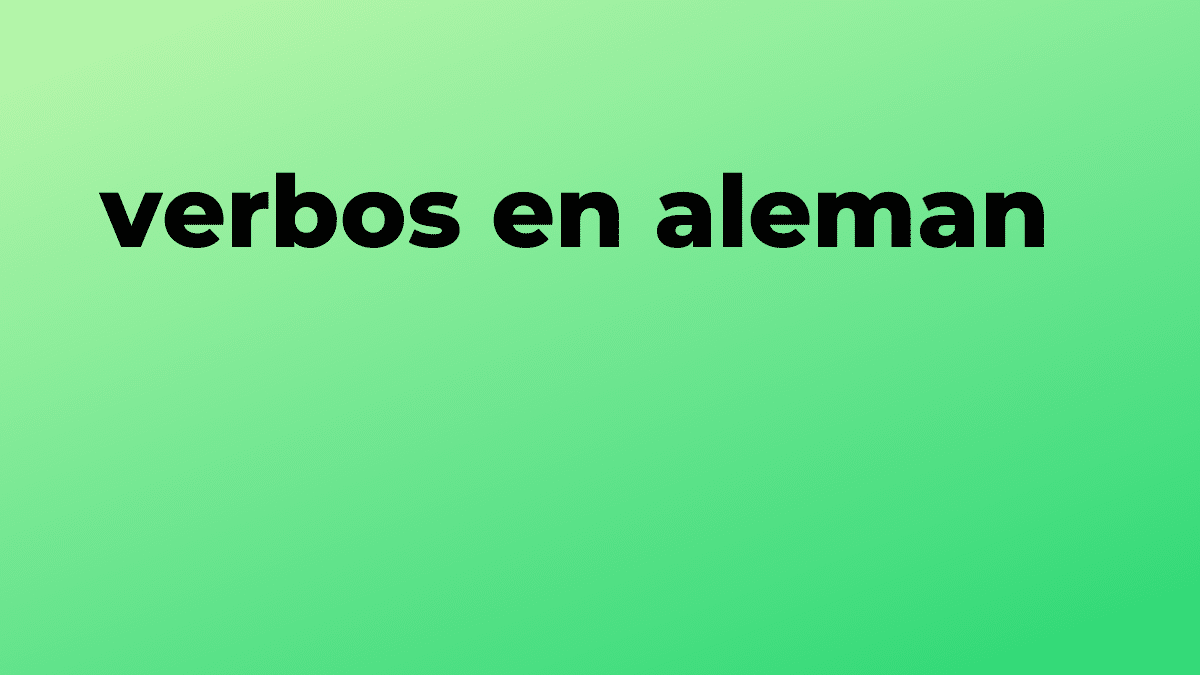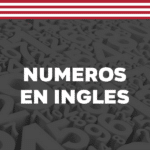
1. Regular and irregular verbs
There are two types of verbs in German: regular and irregular. Understanding the difference between the two is key to understanding how verbs are conjugated in this language.
Regular verbs are those that follow a specific structure and rules at the time of being conjugated. On the other hand, the irregular verbs They are those that have a unique or special conjugation and do not necessarily follow the same rules as regular verbs. It takes extra effort to memorize these specific conjugations.
2. The infinitive and the root of the verb
Before we dive into verb conjugation, it's essential to address two basic concepts in German grammar: the infinitive and the verb stem. The infinitive is the basic form of the verb, while the root of the verb is the part that remains constant when conjugating it.
To know the root of the verb, we simply have to remove the ending "-en" from the infinitive. For example, the root of the verb "spielen" (to play) would be "spiel-".
3. Conjugation of regular verbs in the present
The conjugation of regular verbs in German in the present tense is very simple. You only have to take into account the root of the verb and add the following endings depending on the subject:
- Ich(I)-e
- du(you)-st
- Er, sie, es (he, she, it) -t
- Wir (we)-in
- Ihr (you) -t
- Sie, sie (you, they) -in
4. Conjugation of irregular verbs in the present
In the case of irregular verbs, the main difference with regular ones is that the root of the verb can change when conjugating it. For example, in the case of the verb "sehen" (to see), the stem changes from "seh-" to "sieh-" for the second and third person singular:
- Ich sehe (I see)
- Du siehst (you see)
- Er, sie, es sieht (he, she, it sees)
5. The compound past
The compound past is another verb tense that is necessary to master in German in order to express actions that occurred in the past. To conjugate a verb in the past compound, use the auxiliary verb "haben" (to have) or "sein" (to be) conjugated in the present, followed by the past participle of the main verb.
German numbers:
- 1: eins (one)
- 2: zwei (two)
- 3: drei (drey)
- 4: fri (fi:r)
- 5: funf (funf)
- 6: secs (secs)
- 7: seven
- 8: acht (ajt)
- 9: neun (noin)
- 10: zehn (tsen)
follow this complete guide to german verbs It will help to have a solid base on the conjugation and use of verbs in this language. With dedication, practice and patience, you will master this fundamental part of German and you will be able to communicate more fluently and fluently.



